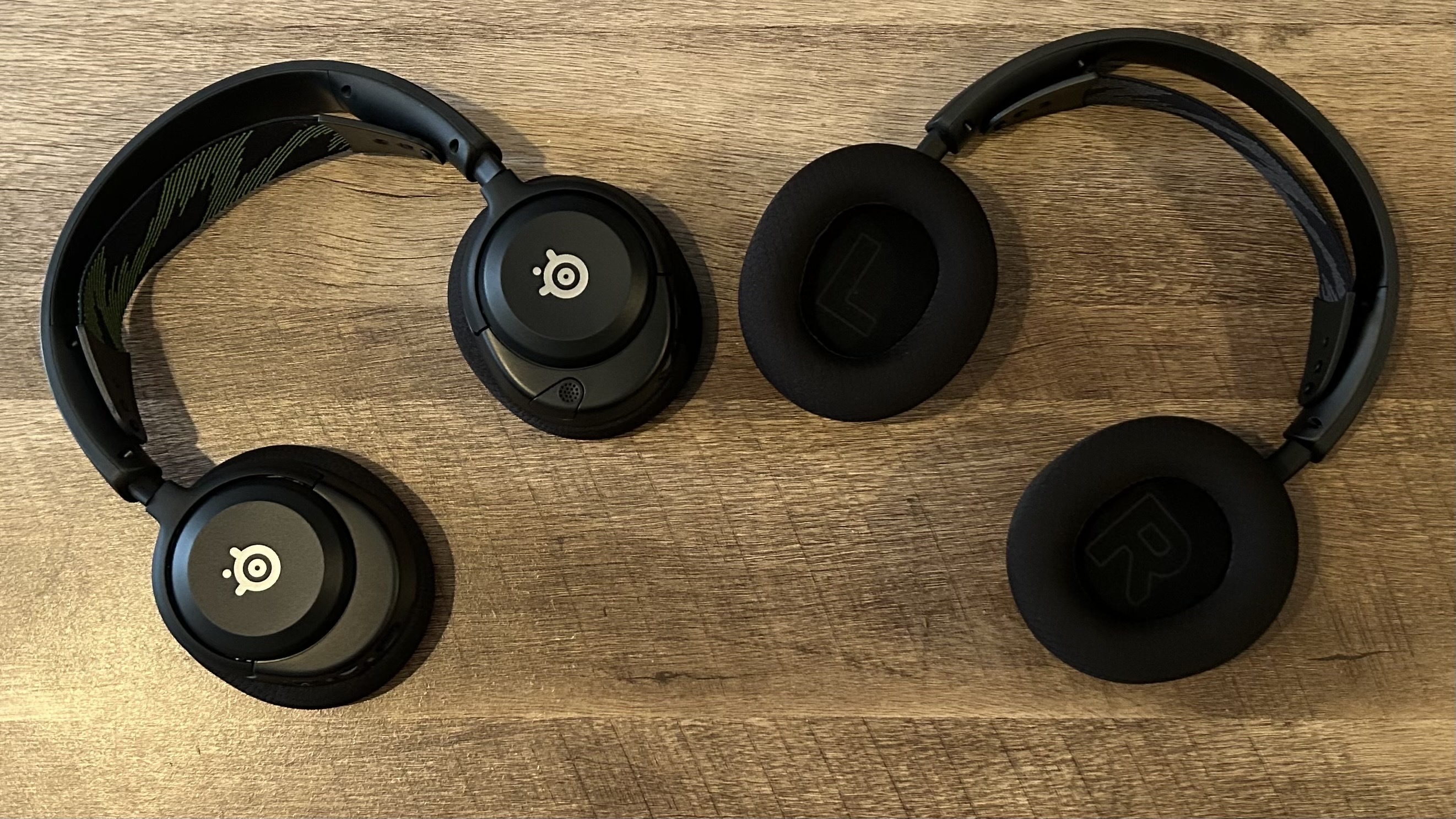GamesRadar+ Verdict
The SteelSeries Arctis Nova 4 is an impressive headset in its own right. But in a crowded mid-range landscape it's not quite doing enough to cut above the noise.
Pros
- +
Incredibly comfortable design
- +
Durable, reliable construction
- +
Attention to detail is spot on
- +
Powerful Arctis Nova audio drivers
- +
Plenty of detail in bass ranges
- +
Above average directional audio in this price range
Cons
- -
No Bluetooth connection
- -
Shorter battery life compared to competition
Why you can trust GamesRadar+
You might not have caught the release of the SteelSeries Arctis Nova 4. It's been a far smaller show than the brand has put on for its higher-grade models, but now that the $119.99 headset is out in the wild (in the US at least), it's set to take over from previous budget wireless picks. We love the Nova line, from its high quality audio to its comfortable form factor, but to squeeze all that performance down into the price tag of the Arctis 1 Wireless is no mean feat.
I have big hopes for this device - after all, it sits within the same range as the best gaming headset on the market right now. With both the Nova 4 and Nova 4 X (the best model for console compatibility) in hand, I spent two weeks testing the new middle child to see exactly what $120 can get you from SteelSeries.
| Price | $119.99 |
| Connection | 2.4GHz |
| Drivers | 40mm Nova Acoustic System |
| Frequency response | 20Hz - 22kHz |
| Microphone | ClearCast Gen 2 retractable |
| ANC | None |
| Controls | Power, mic mute, volume |
| Battery | 36 hours |
| Weight | 262g |
| Compatibility | PC, Nintendo Switch, PS5, PS4, Android (Xbox variant available) |
Design
- Plastic build but excellent construction
- Particularly comfortable form factor
- All-black aesthetic apart from green stripes on Series X version
While the premium SteelSeries Arctis Nova Pro Wireless, and the cheaper Arctis Nova 7, both pretty things up with a metal headband, the Nova 4 is a decidedly plastic affair. That's not to say it feels cheap in the hand, though. On the contrary, I was particularly impressed with the smaller details here. A matte, almost rubbery, plastic surface adorns the side of each cup providing extra grip when removing and also avoiding fingerprint smudges as well.
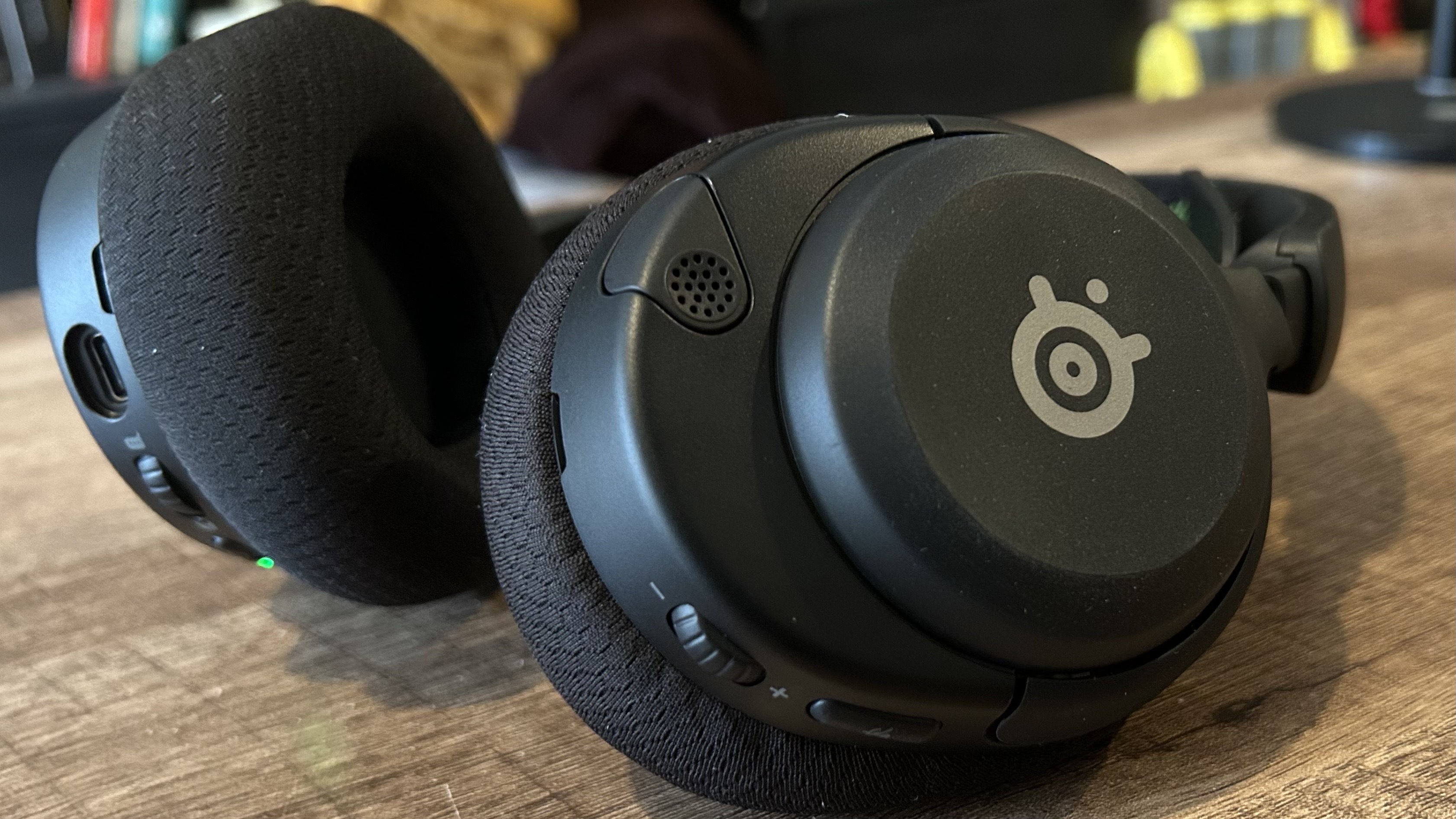
You've still got that classis ski-goggle headband design, but there's an even grippier rubber texture underneath the main band to keep everything secure in place once it's on the head as well. That, combined with the lower weight of an all-plastic chassis, makes this a particularly comfortable device to use even over longer sessions.
That's also down to the generous earcup padding. A soft breathable mesh fabric covers nicely chunky cups on each side, sitting around the ear and hugging with just the right level of clamp. That means no pinching around the tips of the ears - something I've come to expect from cheaper cups without an extended oval shape.
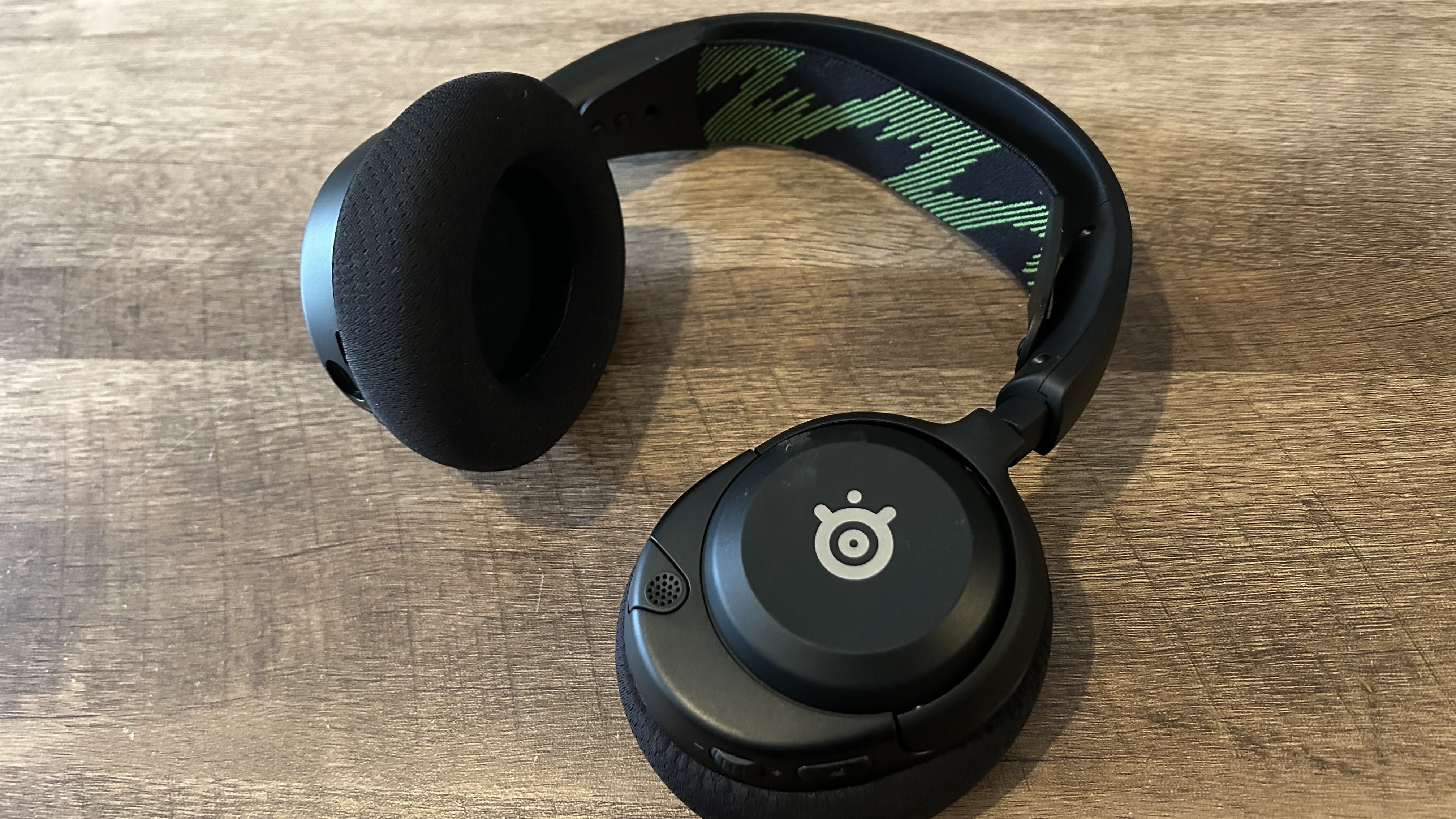
While plastic in nature, I would trust the SteelSeries Arctis Nova 4 to take a beating. There's a nice level of flex to the headband itself, and a full arch socket holding each cup in place (unlike the half arch used in the Nova 7). Even the headband adjustment system feels locked in tight, taking considerable force to slide in and out of place. Throw in the retractable microphone and the fact that each cup swivels to flat and you've got a particularly portable set of headphones.
Everything sits within that black aesthetic, save for the green pattern adorning the Xbox version's headband, while two silver SteelSeries logos sit on each cup side.
Features
- No Bluetooth connection support
- Same 40mm Nova drivers as far more expensive models
- Xbox model is compatible with all major platforms
The SteelSeries Arctis Nova 4 keeps things lean in terms of its features. The biggest clue to that ethos is the lack of Bluetooth connectivity. More and more gaming headsets are turning back to Bluetooth these days (alongside the faster 2.4GHz connection), in order to allow for dual-connectivity and greater compatibility across mobile.
Removing the Bluetooth module from the Nova 4 has certainly kept things light, but it's going to disappoint anyone looking to ditch the larger USB-C dongle. If you're playing primarily on PC, PS5, or Xbox Series X, that's not going to be a major issue. However, those on the hunt for a Nintendo Switch headset could struggle. The Razer Barracuda X is currently our favorite device for the Switch, and offers Bluetooth for around $20 less than SteelSeries' option.
That, combined with a reduced 36 hour battery life compared to the Barracuda X's 50 means this isn't going to be a popular pick for Ninty fans. However, the boxes SteelSeries has ticked are delivered particularly well.
The 40mm Nova Acoustic System has plenty going for it - this new generation of drivers has been powering the entire range of SteelSeries' latest headsets and absolutely shines. It's great to see it implemented this far down the price scale, even if there are a few cut backs in the tech.
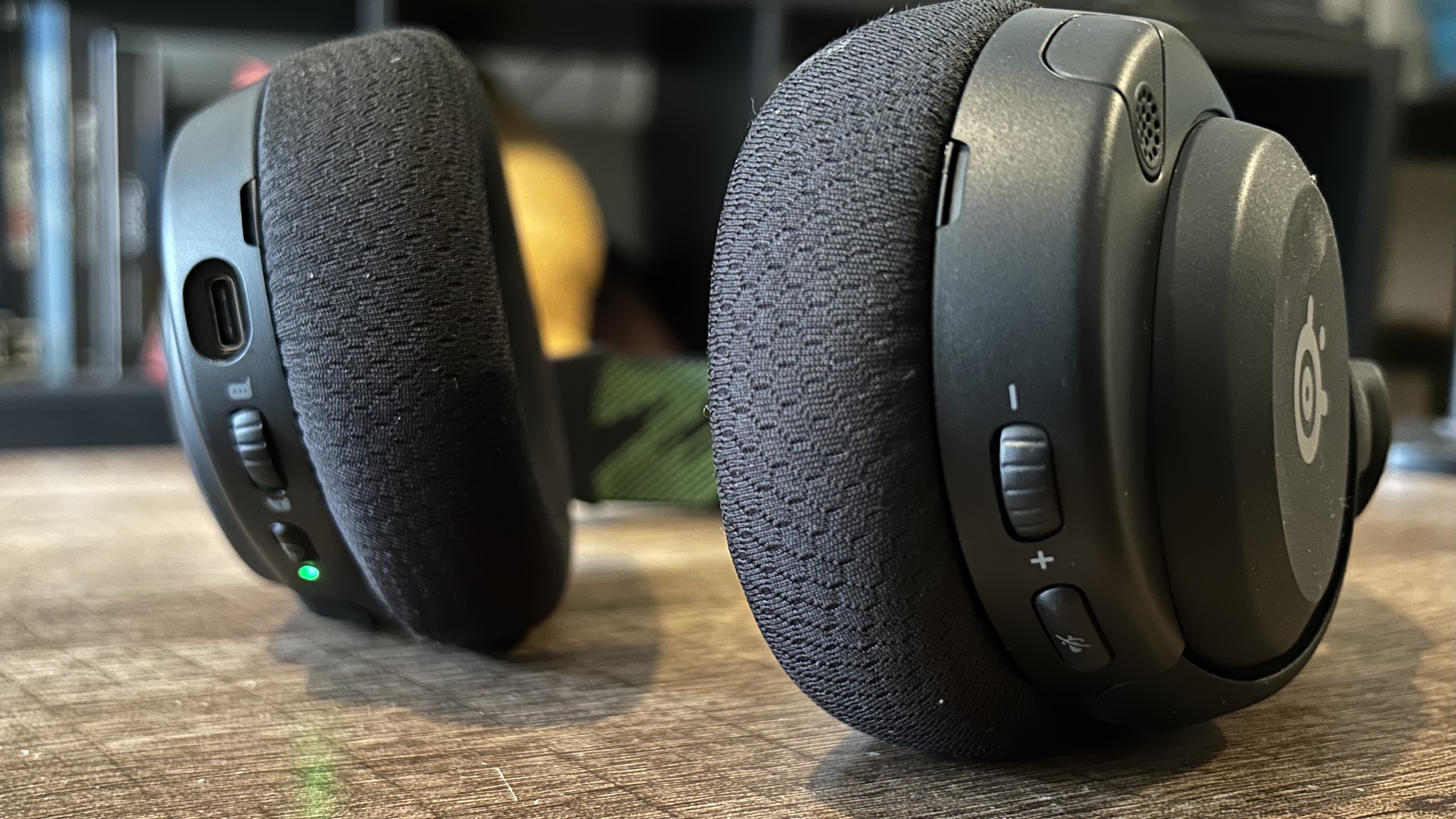
The main body of the headset is lined with a refined set of controls. The Xbox version sports power and chat mix controls on the right cup, with volume and a mic mute button on the left. The PC model drops this chat mix dial, but retains button placement elsewhere. That's a Goldilocks level of on-board controls, everything you generally need is well within reach, without confusing things with clustered dials and buttons.
Like many gaming headsets, the Xbox version of the SteelSeries Arctis Nova 4 offers the best all-round compatibility - simply for the reason that it's able to hit all consoles as well as PC with ease.
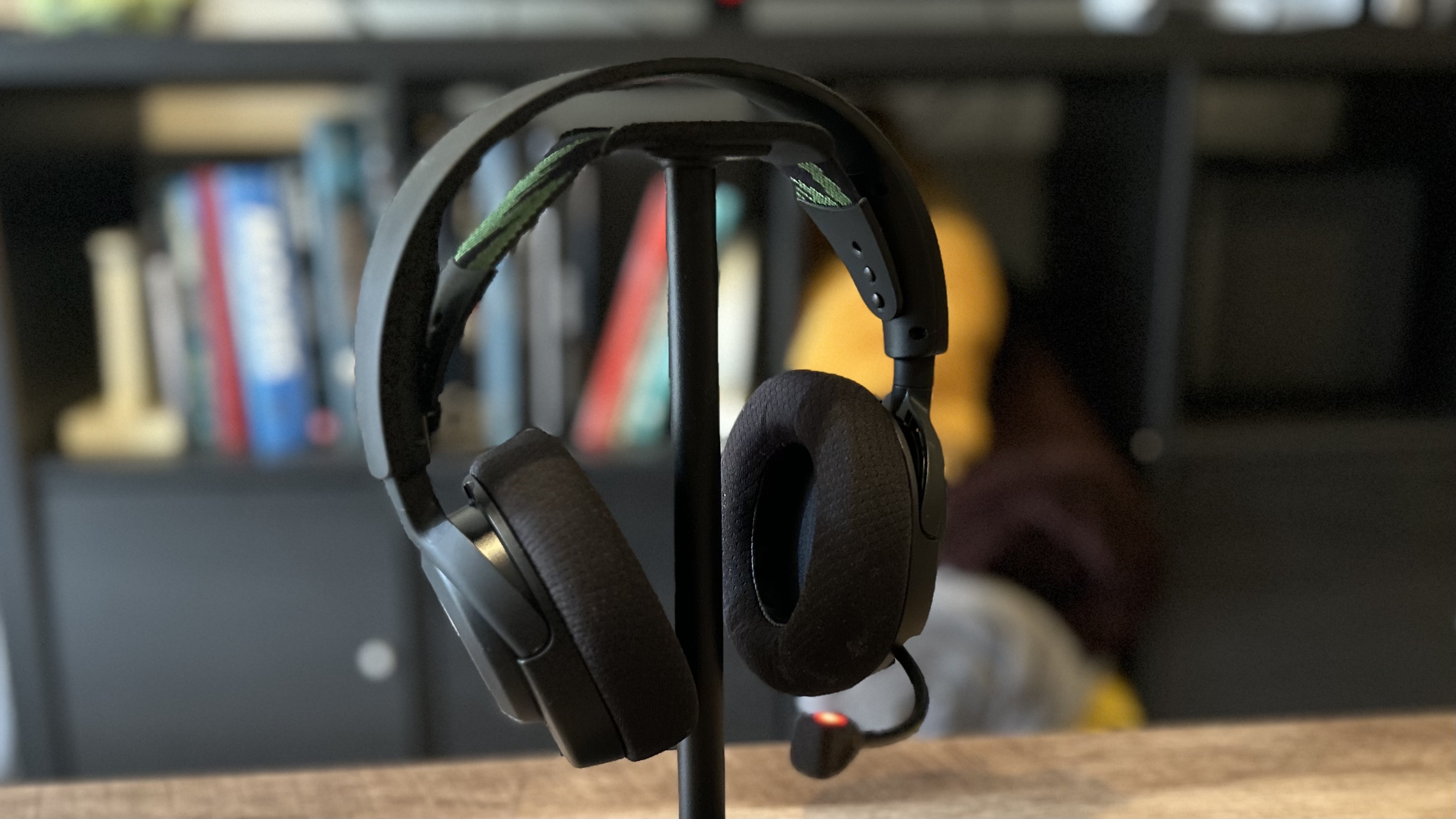
There are some smaller details worth calling out here. I particularly enjoyed the retractable microphone, for example. I'm constantly losing detachable mics, so being able to neatly house the mic arm inside the headset itself was a godsend. Adding a small LED to the mic itself to indicate that it's muted was also a nice touch here, though an automatic mute when it's placed back into its house would have been appreciated.
Performance
- Less powerful but far more detailed bass compared to competition
- More emphasis on higher ranges
- Directional audio beats others in this price point
Audio quality is certainly impressive compared to the $100-ish headsets we saw on the shelves just a few years ago. This is a much richer sound profile than that of the Arctis 1 Wireless, for example, but it still sounds a little flatter than contemporary models within this price range. Personally, I prefer the more energetic quality of the Razer Barracuda X, offering a more rounded mid-range and slightly more oomph in the lower regions as well. That's after back to back sessions directly comparing both sets, though - standing by itself this soundstage is still impressive.
The bass, while slightly less powerful, is certainly more detailed. There's plenty of room for gunshots to breathe, with not only the impact of the initial shot but attention also being paid to the resulting aftershocks, echoes, and reloads. Diving into the SteelSeries Engine to tweak these bass settings was a blast, though, with an easily navigable EQ panel and plenty of controls at my finger tips.
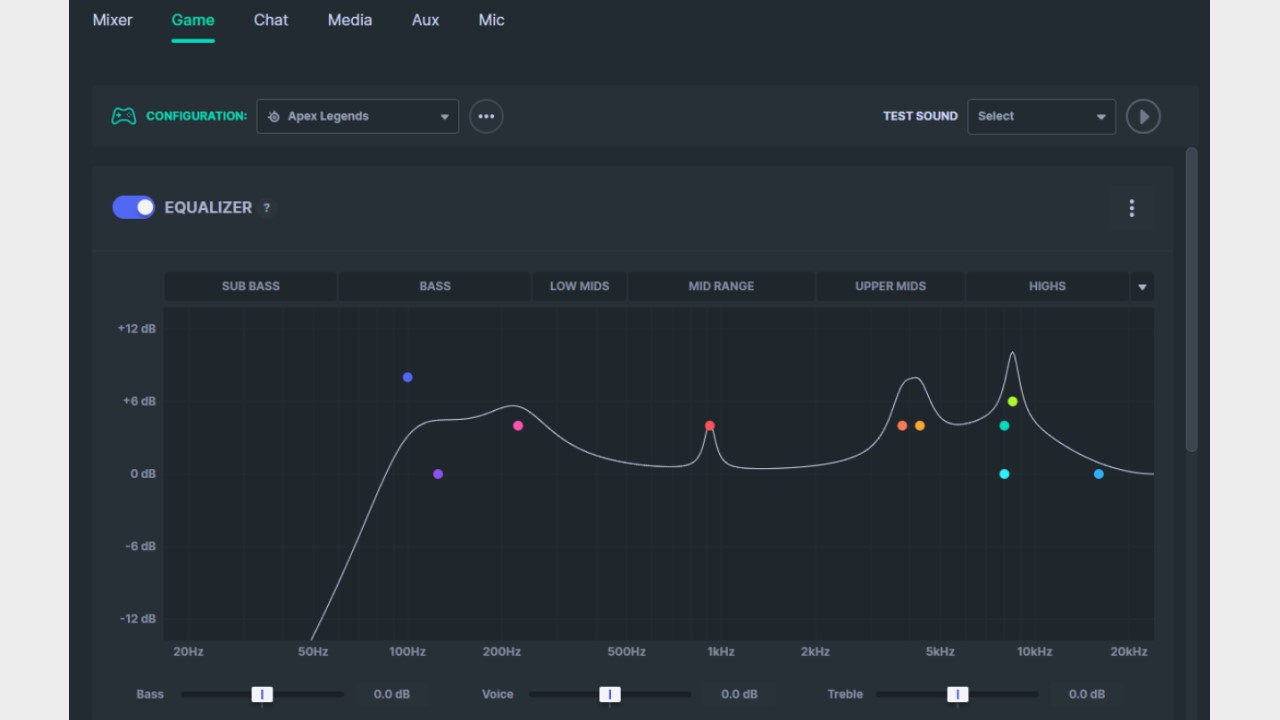
The Arctis 4 also feels like it reaches further into the higher ranges than the Barracuda X. Armour pickups in Doom Eternal clanged with a particularly satisfyingly sound effect, and the lighter swirling soundtrack of High on Life held its own crystal clear quality as well.
The microphone isn't all that great. There was a considerable amount of pop in my testing, and audio quality sounded particularly flattened. It's by no means ready for your Twitch stream, but will see you through for more casual chat sessions.
Directional audio is middling, there's a nice definition between sounds that works to the Nova 4's advantage is sparser landscapes. However, the frenzies of Doom Eternal put that precision to the test, with muddled cues and reduced accuracy overall. In general everyday use, though, it still provided slightly more information than the Barracuda X.
Should you buy the SteelSeries Arctis Nova 4?
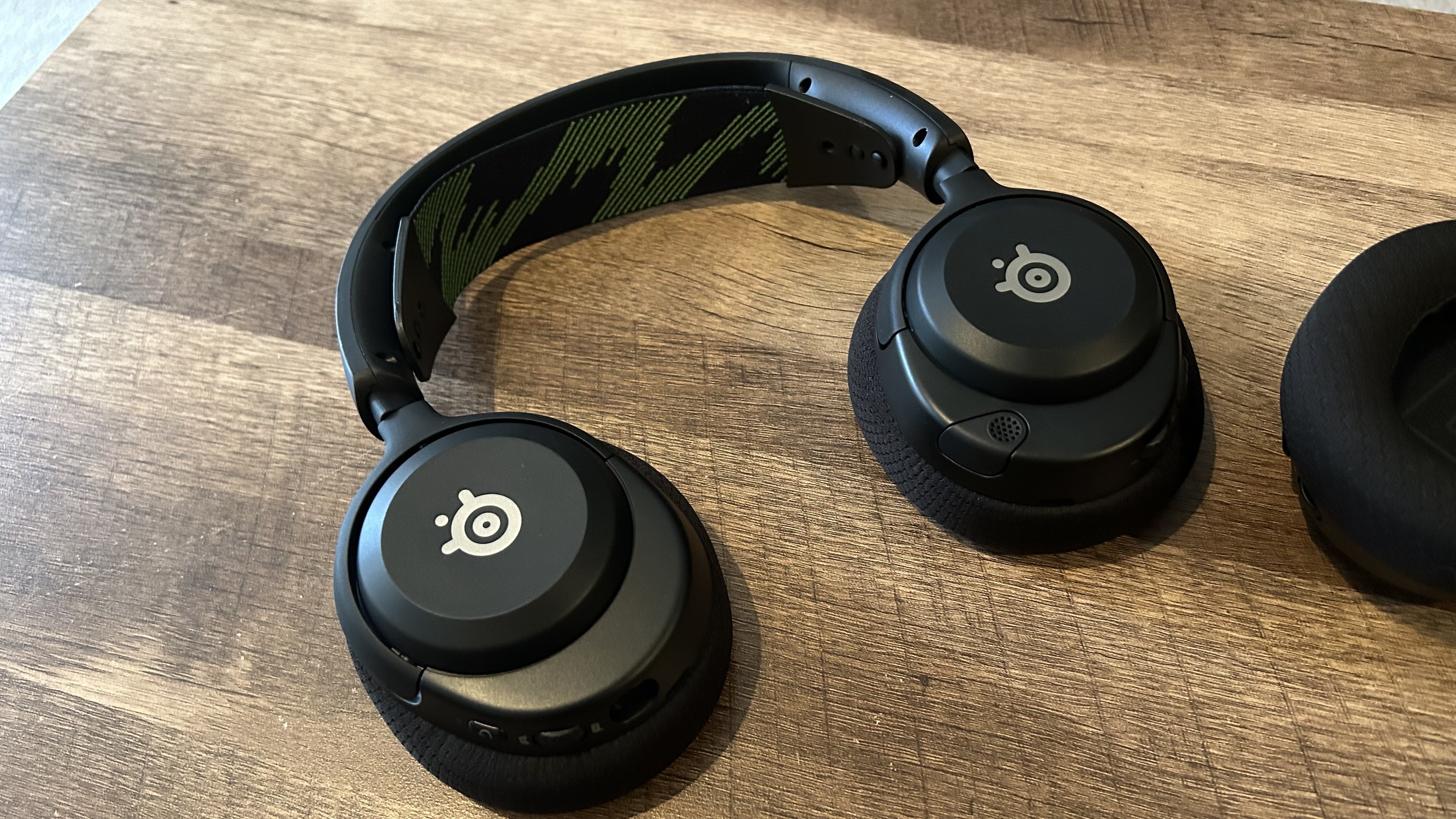
Taken in isolation, the SteelSeries Arctis Nova 4 is an impressive headset. There's excellent comfort and overall audio quality up for grabs here, with some extra special attention to detail paid to smaller quality of life features. At $119.99, it feels well-priced, though I would heavily recommend grabbing the Nova 4X model over the straight 4 for that extra Xbox Series X headset compatibility.
The problem is the Arctis Nova 4 doesn't exist in a vacuum. It's got plenty of competition in the Razer Barracuda X and it doesn't quite tip the scales. Dropping Bluetooth connectivity, gesture controls, and battery life, the Nova 4 doesn't match up to the Barracuda X's price proposition - which is especially disappointing considering Razer's model comes in $20 cheaper.
I would argue that the audio quality is better geared towards those who prefer an even spread across the soundstage, but if you do prefer a touch more bass the Barracuda X is going to clinch it again. However, the directional audio quality of the Nova 4 does improve on Razer's entry, so competitive players may be better served by SteelSeries.
| Specs | SteelSeries Arctis Nova 4 | Razer Barracuda X | SteelSeries Arctis Nova 7 |
|---|---|---|---|
| Price | $119.99 | $99.99 | $179.99 |
| Connection | 2.4GHz | 2.4GHz / Bluetooth / Wired | 2.4GHz / Bluetooth |
| Drivers | 40mm Nova Acoustic System | 40mm Razer TriForce | 40mm Nova Acoustic System |
| Frequency response | 20Hz - 22kHz | 20Hz - 20kHz | 20Hz - 22kHz |
| Microphone | ClearCast Gen 2 retractable | Razer Hyperclear Cardioid detachable | ClearCast Gen 2 retractable |
| ANC | None | None | None |
| Controls | Power, mic mute, volume | Power, mic mute, volume, gesture playback | Power, mic mute, volume, chat mix, Bluetooth, pairing |
| Battery | 36 hours | 50 hours | 38 hours |
| Weight | 262g | 250g | 325g |
| Compatibility | PC, Nintendo Switch, PlayStation, Android (Xbox variant available) | PC, Nintendo Switch, PlayStation, Xbox, mobile | PC, Nintendo Switch, PlayStation, Android (Xbox variant available) |
How we tested the SteelSeries Arctis Nova 4
I used the SteelSeries Arctis Nova 4 for two weeks, across both the PC and Xbox variants. In that time, I tested on Kena: Bridge of Spirits on PS5, Doom Eternal, CS:GO, and High on Life on PC, and Super Mario 3D World + Bowser's Fury on Nintendo Switch. For more information on how we test gaming headsets, check out the full GamesRadar+ Hardware Policy.
We're also rounding up all the best wireless gaming headsets as well as the best PS5 headsets on the market. If you're still rocking the previous generation, though, you'll also find plenty of Xbox One headsets still kicking around as well.

Managing Editor of Hardware at GamesRadar+, I originally landed in hardware at our sister site TechRadar before moving over to GamesRadar. In between, I've written for Tom’s Guide, Wireframe, The Indie Game Website and That Video Game Blog, covering everything from the PS5 launch to the Apple Pencil. Now, i'm focused on Nintendo Switch, gaming laptops (and the keyboards, headsets and mice that come with them), PS5, and trying to find the perfect projector.
